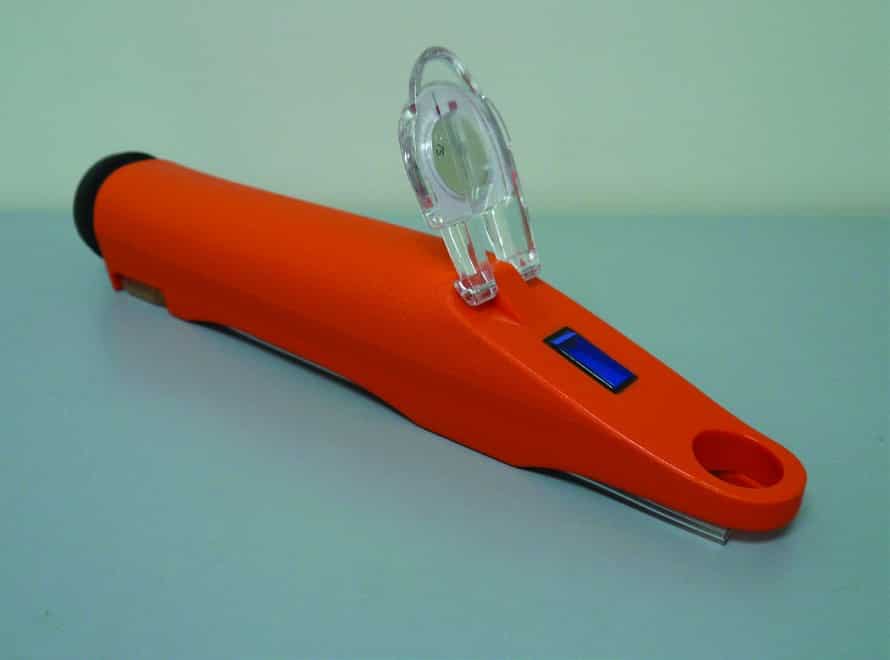Glycol is generally used in KCl-Polymer fluid systems when enhanced Shale Inhibition is required. Glycol will be lost through adsorption on exposed shale formations in the wellbore and on the cuttings, and the glycol depletion rate will be a function of the drilling Penetration Rate (ROP) and the Cuttings size. Therefore, the glycol concentration test in drilling mud must be monitored to maintain levels for effective shale inhibition.
The glycol concentration test in the drilling mud can be determined using a Refractometer, which measures the refraction of light through a liquid since the amount of refraction will depend on the concentration of the fluid. The procedure requires the preparation of a calibration curve so that refraction readings can be converted into glycol concentrations.
Equipment Required For Glycol Concentration Test In Drilling Mud

The following equipment is required for measuring Glycol concentration:
- Refractometer suitable for the Glycol Volume % range used in the mud system.
- Reference glycol for calibrating the Refractometer.
- 10 ml or 50 ml retort
- 10 ml or 50 ml graduated measuring cylinder
Calibration Curve
A calibration curve must be prepared using a reference glycol (The actual glycol added to the mud can be used when reference glycol is unavailable). The calibration curve is prepared using linear graph paper by adding increasing volume percentage glycol to deionized water and then plotting the corresponding refractive index or Brix reading from the Refractometer against the volume percentage glycol added.
The following procedure is used for determining the glycol content in the liquid phase of the fluid:
- Without touching the prism surface, calibrate the refractometer by placing a few drops of distilled water on the face of the prism and make sure that the entire prism surface is covered with water.
- Close the prism cover and look through the refractometer window with the prism end pointing towards a light source.
- Check to see if the boundary line coincides with the 1.000 line on the Specific Gravity scale or 1.333 on the refractive Index scale (If not, adjust the line by turning the scale-adjustment screw).
- Dry the prism surface and prism cover with a paper tissue.
- Run a retort on the drilling fluid and record the volume percent liquid.
- Shake up the liquid collected in the graduated measuring cylinder from the retort (the mud filtrate collected from the HPHT test can also be used).
- Without touching the prism surface, place 2-4 drops of the fluid sample on the refractometer prism surface and ensure the entire prism surface is covered with the fluid sample.
- Close the prism cover and look through the refractometer window with the prism end pointing towards a light source.
- Read the Refractive Index or Brix value where the boundary line intercepts the scale.
- Obtain the corresponding glycol volume percentage from the glycol calibration curve.
- Multiply the glycol volume percentage value by the liquid fraction of the mud (Fw) to get the glycol concentration of the whole mud.
- Wipe and clean the prism surface and prism cover with a paper tissue and distilled water.